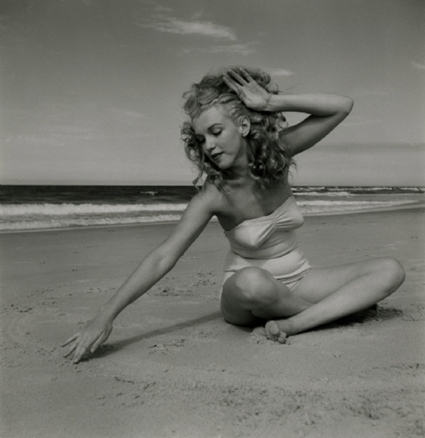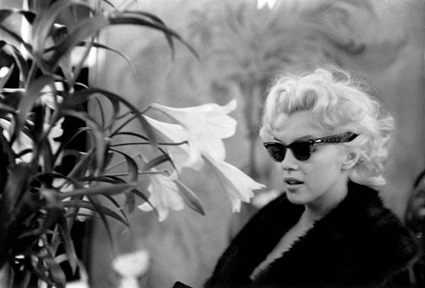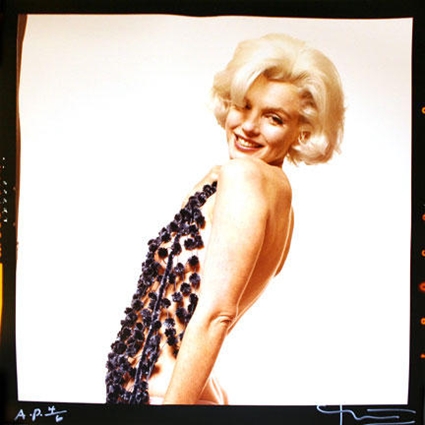By Film Noir Blonde and Mike Wilmington
The Noir File is FNB’s guide to classic film noir, neo-noir and pre-noir from the schedule of Turner Classic Movies (TCM), which broadcasts them uncut and uninterrupted. The times are Eastern Standard and (Pacific Standard).
PICK OF THE WEEK
“Detour” (1945, Edgar G. Ulmer). Tuesday, June 11: 2:45 p.m. (11:45 a.m.).
Luck so bad it borders on absurd, a story as flimsy as cardboard, a femme fatale who’s downright feral. That would be 1945’s “Detour,” a B classic that director Edgar Ulmer shot in less than a month for about $30,000.
Despite these limitations (or maybe because of them) Ulmer manages to work some visual miracles. Those foggy scenes where you can’t see the street? He didn’t have a street so he filled in with mist. Born in what is now the Czech Republic, Ulmer came to the US in 1923. He brought a high-art, painterly disposition to this tawdry little flick, as he did to most of his work.
You can read the full FNB review here.
Friday, June 7
11:15 a.m. (8:15 a.m.): “Stranger on the Third Floor” (1940, Boris Ingster). With Peter Lorre, Margaret Tallichet and Elisha Cook, Jr. Reviewed on FNB Nov. 3, 2012.
NOIR WRITERS SERIES: DASHIELL HAMMETT
All this month, on its Friday Night Spotlight screenings, TCM will show a series of classic film noirs – with each Friday devoted to movies based on or written by (or both) one of four top-notch noir authors – Dashiell Hammett, Raymond Chandler, James M. Cain and Cornell Woolrich.
Tonight the spotlight is on the matchless hard-boiled crime writer Dashiell Hammett – who, along with Ernest Hemingway, was probably one of the most influential American writers of the decades after World War I, and since. Terse, lean and brutally direct, empty of flourish, cliché or artifice, Hammett’s style owed a lot to his own years as a Pinkerton detective.
He decisively reveals a world of greed, murder, illicit sex, gangsterism, corruption and treachery among the rich and the crooked, telling it all with a flair and a punch that was copied endlessly but rarely recaptured. (The “Noir Writers” films were curated and will be introduced by film noir expert Eddie Muller.)
8 p.m. (5 p.m.): “The Maltese Falcon” (1931, Roy Del Ruth). The first movie adaptation of Hammett’s classic dark private-eye novel, with Ricardo Cortez as Sam Spade, Bebe Daniels as the femme fatale and Dudley Digges as Gutman – all chasing the priceless black bird. It pales beside John Huston’s great version of course (see below). But it’s not bad, in a raunchy pre-Code way.
9:30 p.m. (6:30 p.m.): “City Streets” (1931, Rouben Mamoulian). Hammett’s only original movie story: an underworld romance stylishly directed by Mamoulian, who was in his most innovative period. With Gary Cooper and Sylvia Sidney as lovers caught in a vicious world of big-city crime, and Paul Lukas and Guy Kibbee as off-type bad guys. [Read more…]





























From FNB readers